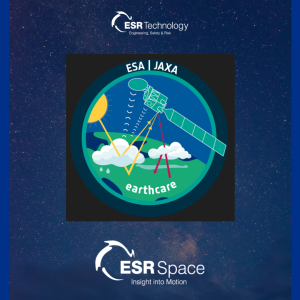2024 was a busy year for renewable energy across all of ESR’s divisions, and already in 2025 we have a full pipeline of new enquiries on everything from R&D to failures. Here are a few of the things we have been working on.
Wind turbine bearing failure investigations
At the National Centre of Tribology, bearing failures are our bread and butter, but wind turbine bearings are always exciting because of their sheer scale. Below you can see a palletised section of a turbine main bearing supplied to us for failure investigation, but the whole bearing weighed four tonnes! The manufacturer was on the hook for millions if they were responsible for the failure, but by employing a range of laboratory techniques including scanning electron microscopy, metallography, and metrology, spanning length scales from metres to microns, we were able to identify the root cause of the failure as fatigue originating from an overload during testing, likely due to poor operational practice, rather than manufacturing defects.
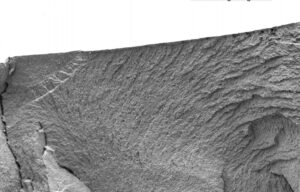
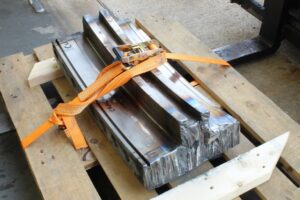
R&D activities supporting inspection robot design
Due to their height, wind turbines, in particular offshore, pose unique challenges for inspection in terms of accessibility. This makes robotic inspection an attractive prospect. In order to understand the damage to paint that might be caused by climbing robots, ESR’s design team at the National Centre of Tribology designed and built a one-of-a-kind super-long stroke test rig and carried out a detailed programme of evaluation. We characterised samples tested on this rig with a range of surface analysis techniques including non-contacting profilometry and energy-dispersive X-ray spectroscopy, culminating in a final design. We are now leveraging this unique testing capability to support other innovative R&D projects.
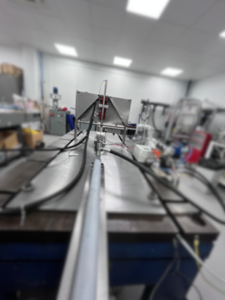
CFD studies to define safe flying conditions
One of the riskiest aspects of offshore sub-station installations is getting to and from the platform. When sea winds encounter structures this can lead to turbulence within the helideck airspace. Using computational fluid dynamics (CFD), our modelling and simulation experts within ESR’s Safety and Risk Management team carried out a comprehensive study to define weather conditions under which approach to offshore helidecks could not be safely carried out. Risk is an inherent part of all engineering projects, but through advanced engineering techniques and quantitative risk approaches, we can support clients globally in reducing risk to acceptable levels.
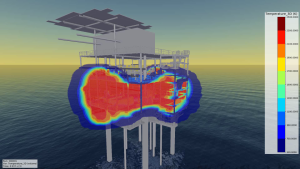
Fire and evacuation studies on hydroelectric power stations
The location and design of renewable energy installations can pose inherent accessibility issues. Besides inspection, this can make evacuation in the event of emergencies a serious challenge. As well as investigation of incidents, ESR’s fire engineering consultants in the Safety and Risk Management team can leverage their expertise to review and improve fire and evacuation strategies to ensure the safety of the workforce.
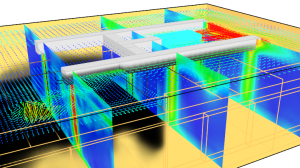
Mechanism development for EarthCARE satellite
To effectively embark on the global energy transition, up-to-date, reliable data is a must. ESR Space designed and built a complex mechanism assembly to control the passage of light into the scientific instruments on-board the EarthCARE Broadband Radiometer. In order to achieve this design, they relied on the expertise of ESR’s European Space Tribology Lab to develop and implement novel techniques for monitoring bearing health, as well as vacuum tribology instrumentation that exists nowhere else in the world to validate the design for 400 million revolutions.
Leading NDT best practices across the industry
HOIS, as a leading forum for non-destructive testing in the energy sector, and hosted by ESR’s NDT team, has been working with our members to address inspection challenges arising from renewable technologies and the energy transition. Over the past four years, we have conducted landscape studies and provided information exchanges on onshore and offshore wind installations, hydrogen and CCUS, equipping our members with a deeper understanding of these technologies, degradation threats and inspection challenges, helping them better prepare for their operational impact.
Contact us today to learn how our expert teams can support Engineering, Safety and Risk aspects of your renewable energy project. Email: info@esrtechnology.com
